High Line Heroes at Work
Denver Botanic Gardens’ scientists embarked on their third season of research this summer in partnership with the High Line Canal Conservancy to survey plant communities along the 71-mile trail. I was fortunate to take part in this project through a “near-peer” mentoring program. This program pairs graduate students, like myself, with undergraduates interested in furthering their STEM skillsets. Near-peer mentoring is a type of mentoring that allows mentors to connect with mentees that are of similar professional or social status or age. Graduate student Alissa Iverson and I mentored a fieldwork team of three undergraduates.
Our near-peer mentoring project began by getting to know the undergraduates and their career goals. We asked the undergraduates what skills they were hoping to obtain from this experience and how they thought we could best help them. Alissa and I also took this time to introduce ourselves, discuss our backgrounds and career goals. Gardens scientists and CU Denver faculty were brought in to share their stories as well. This type of collaborative discussion was not only a great icebreaker, but an excellent way to show undergraduates that STEM professions don’t always follow a linear path.
Our fieldwork started with a training day. Alissa and I led the undergraduates around the Gardens and Cheesman Park to practice identifying some of the tree species found along the canal. Undergraduates were introduced to taking measurements of tree size, tree health and distance to trail and the Canal. We also took this time to designate workflow and how we would perform duties on rotation to maximize learning and hands-on experience.
Once on the Canal, micro-decisions had to be made about how to handle deviations from practice expectations. Measurements could not always be completed due to steep drop-offs or vegetative overgrowth. Some trees once planted on banks were now rooted in water. We found that we needed to clarify some of the descriptive observations being recorded such as, “on or above slope.” These are important variables, and properly addressing them was of top priority to ensure data integrity. Although many of our workdays were completed in temperatures higher than 90 degrees, our team consistently recorded data for more than 20 trees per day.
Alissa and I met with the fieldwork team again at the end of the summer to review what the team learned and what they felt like was most beneficial from the experience. Going through the motions in the field and rotating duties helped to keep everyone actively learning throughout the process. Making micro-decisions in the field led to training in leadership and quick decision making. These types of experiences are crucial to advancing knowledge in a field that you may have been introduced to, but have not had formal training in. Near-peer was a great opportunity for graduate students and Gardens scientists to convey their love of botany and the preservation of the natural world to future generations.
This article was contributed by Tiffany Gentry, graduate student at the Gardens.
Gallery
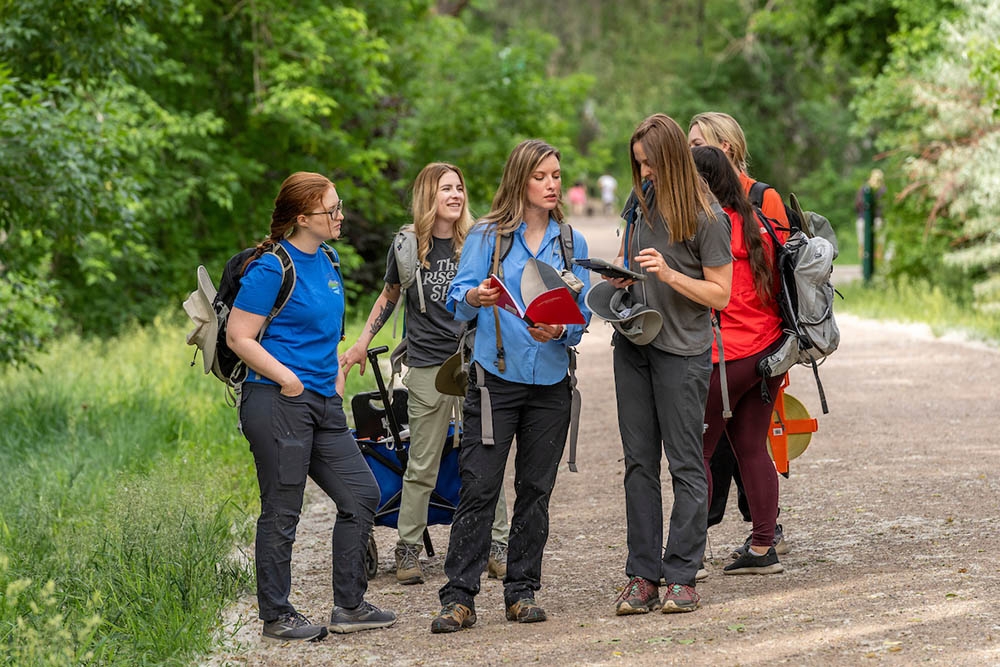
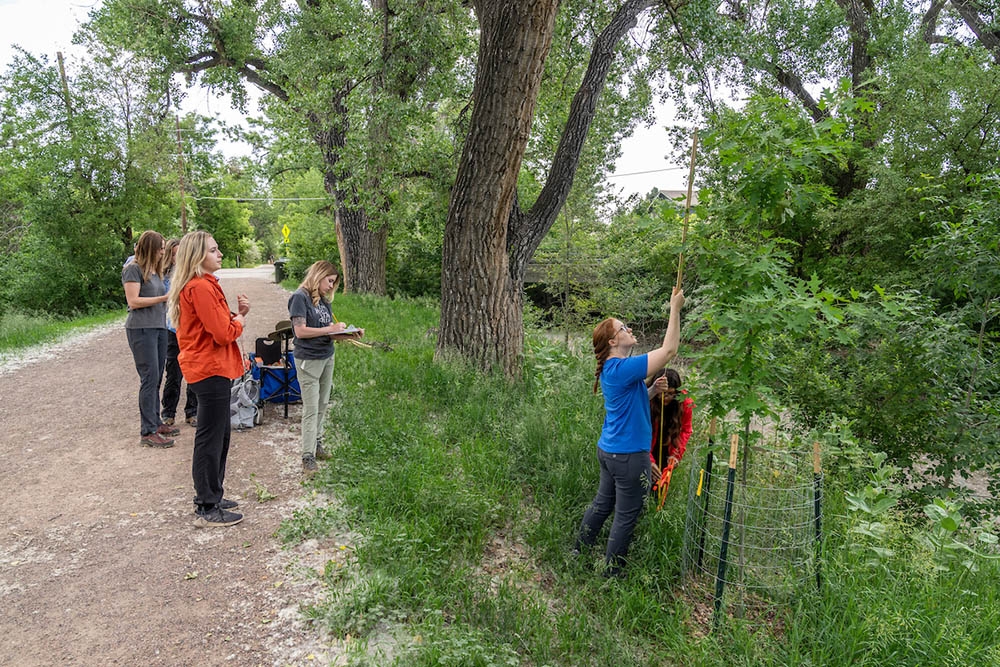
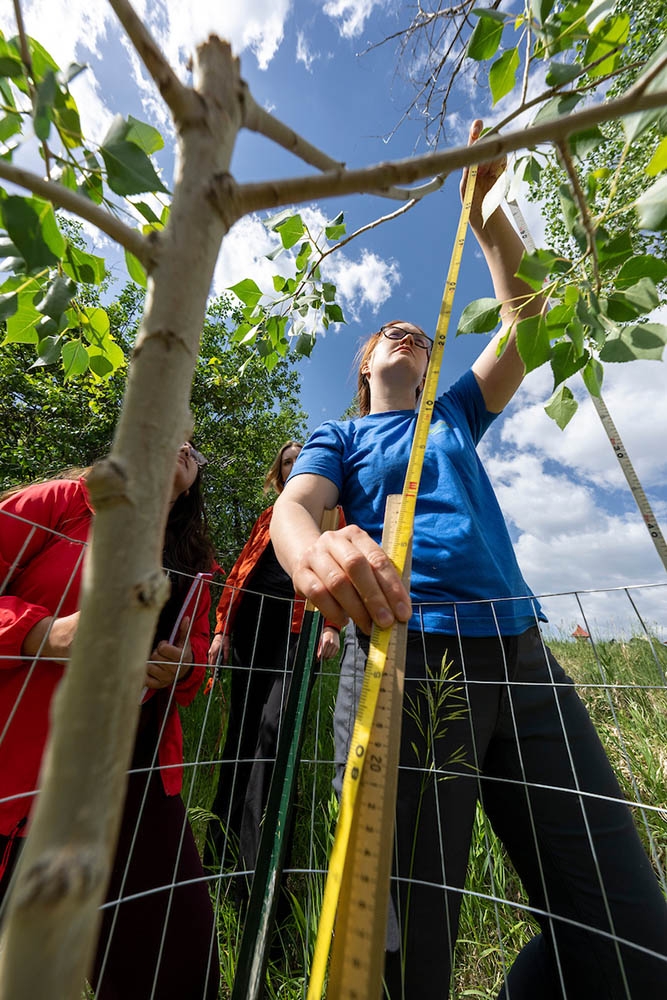
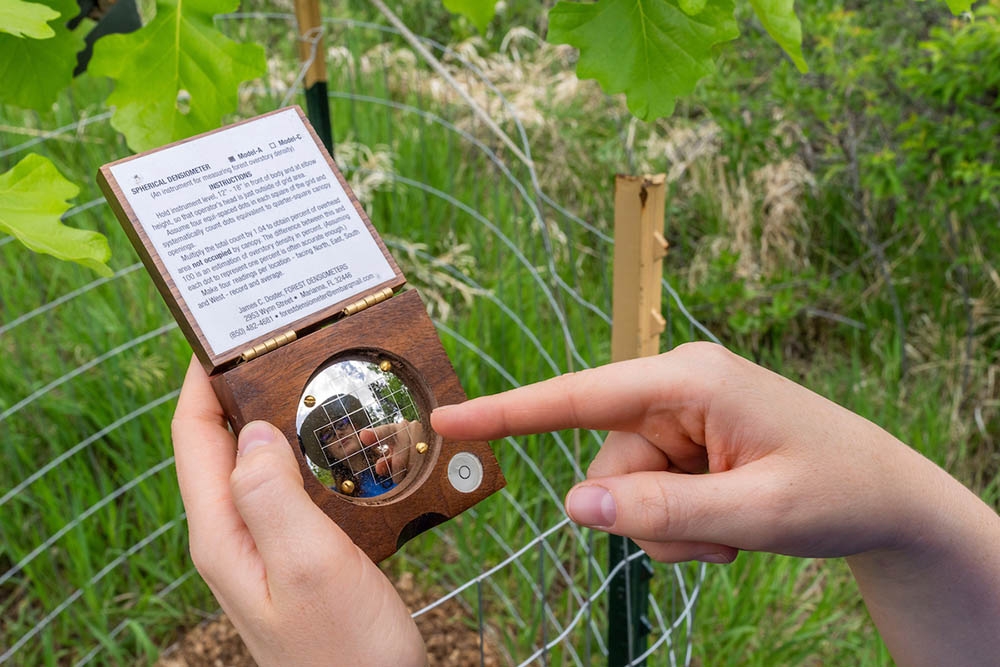
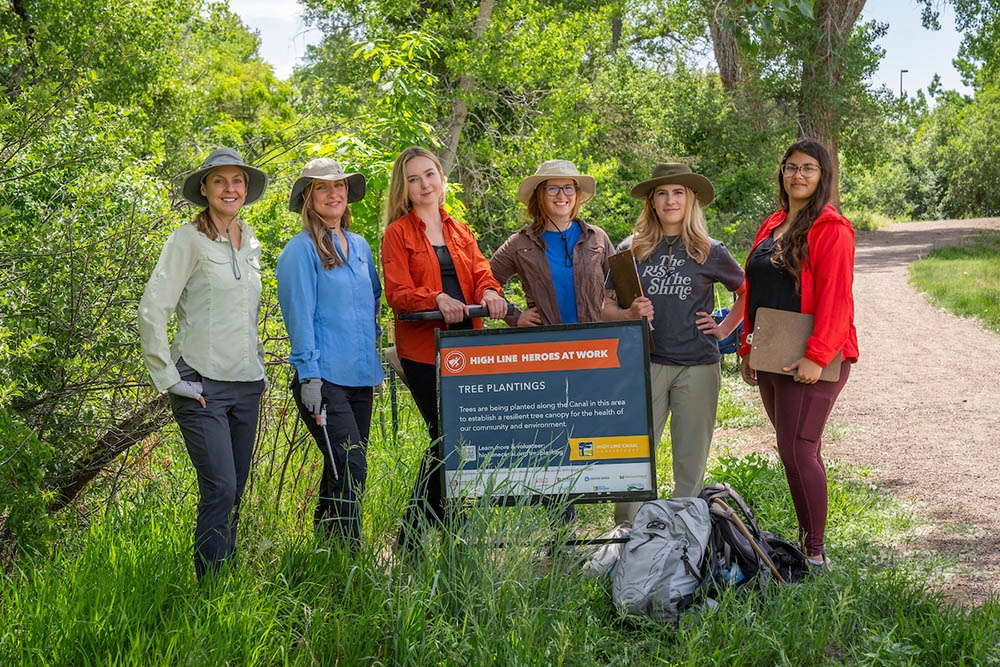
Add new comment